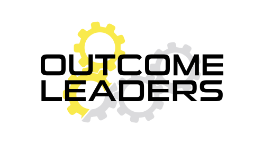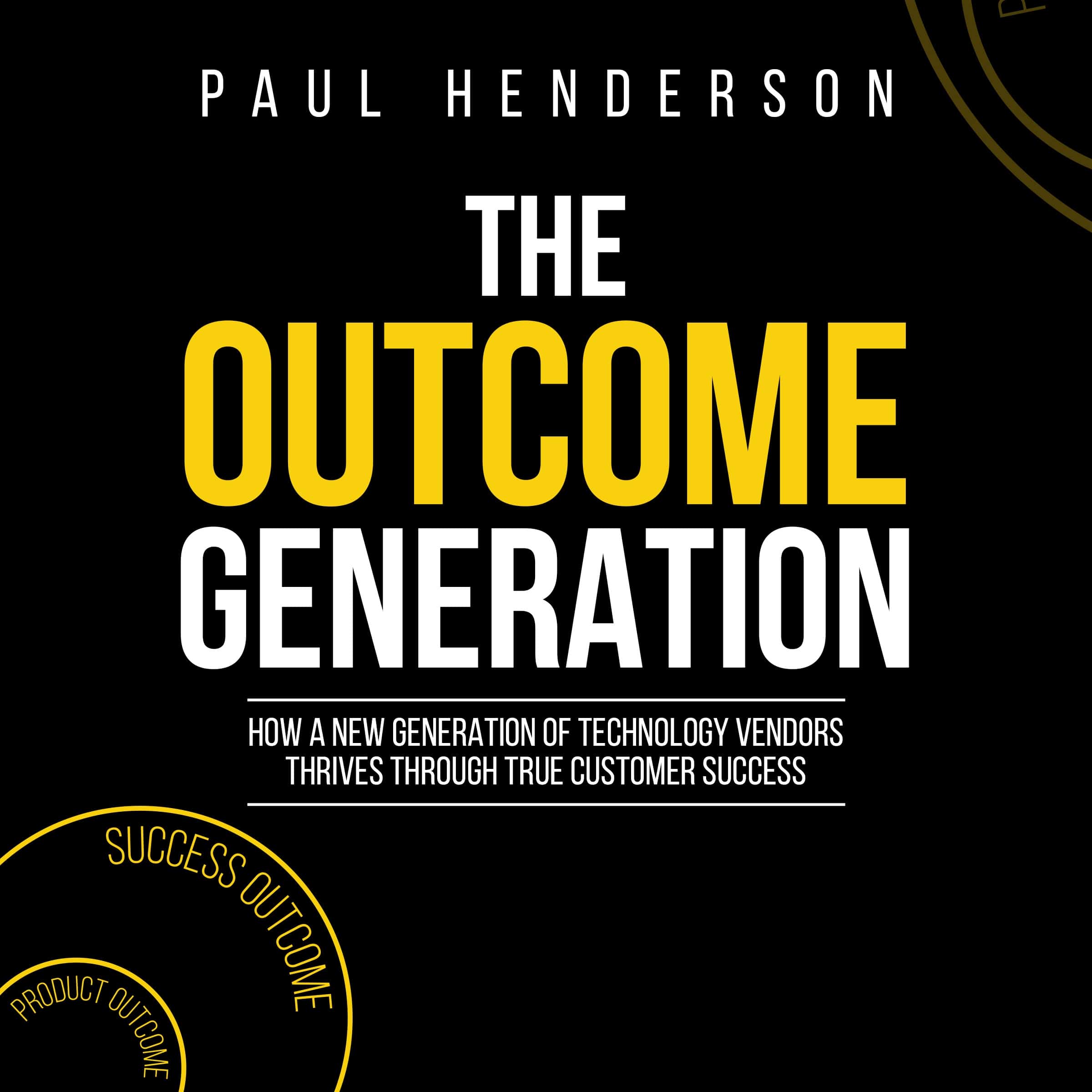The Users Aren’t Using Your Software….

Customers have signed for subscription licenses. But adoption isn’t great. You need to get adoption levels up. Here’s a path…
You’ve tried working with the users. The users like your software, but they’re busy. Many have made the effort and enjoy the benefits. But, for other users, it’s easier to continue as they did in the past. Adoption isn’t a high priority for them.
You need them to place a higher priority on adoption. But you can’t set their priorities. Only their boss can do that. So, how do you get their boss to prioritise adoption of your software?
There’s no point trying to sell the benefits of the software. The boss already knows the benefits. She was part of the decision-making process. And the users who were keen on the software are using it. So, the company has already benefited. For the boss, does it matter if not all users adopt the software?
The problem for the boss is that she’s also busy. There are myriad demands on her time and attention. And it will take a big effort to get full adoption. She could apply that energy to other pressing problems. So, she lets adoption drift. It’s not her biggest problem.
But, for the software vendor, it’s a major problem. You know that lack of adoption results in churn. You lose revenue from that customer. You need to stop that happening. How do you convince the boss to place more focus on adoption of your product? You need to find something bigger than the incremental benefit of full adoption.
Here’s something you can try. Consider the business outcomes the boss must achieve. Then consider the business outcomes to which your product contributes. Your product is a means to an end. The end is achievement of a business outcome the boss cares about.
Talk to the boss about how a lack of full adoption undermines the business outcome. You’re not offering a small incremental benefit from full adoption. You’re helping ensure the entire business outcome isn’t lost. If there’s a clear link between a lack of adoption and failing to achieve the business outcome, you’ll have the boss’s attention.
Let’s look at some examples. If you’re an ERP provider, one of the outcomes delivered is ‘a single source of the truth’. Before ERP, each department had its own records. And it was common for there to be disagreement about the truth. Consider something as simple as ‘how many customers do we have?’. Marketing, Sales, Accounts Receivable and Support might all provide different answers. People wasted time and energy arguing over data. Using a common system overcomes that issue.
So, full ERP adoption isn’t about incremental benefit. There’s something bigger. Even a small number of users with separate records prevents ‘a single source of the truth’. For the boss, that’s a much bigger issue.
What if you’re a CRM provider? One of the business outcomes you enable is reliability of forecast. Salespeople should update the CRM system with all sales opportunities. Across a group of salespeople, applying a probability to each opportunity gives a good forecast of total sales. But, even a small number of salespeople not using the CRM system destroys the reliability of the forecast. For a sales boss, that’s a big issue.
So, if you have an adoption challenge, think outcomes. Don’t focus on the incremental benefits of full adoption. Concentrate on a significant business outcome you enable. Make sure the customer understands the importance of that business outcome.
And show the customer why a lack of full adoption undermines that business outcome.
This article is based on the new book; The Outcome Generation: How a New Generation of Technology Vendors Thrives through True Customer Success
Paul Henderson is an author, speaker and consultant on outcomes and customer success for technology vendors. He spent 15 years leading the Asia Pacific region of an enterprise software company. He saw the potential that could come from delivering real and measurable business success for customers. So he initiated a customer success program based on customer outcomes. He and his colleagues developed, modified and proved the model over more than five years. He then spent one a half years researching and writing, culminating in the release of The Outcome Generation.
This article is based on the book; The Outcome Generation: How a New Generation of Technology Vendors Thrives through True Customer Success
Paul Henderson is an author, speaker and consultant on outcome-based customer success for technology vendors. His last role was leading the Asia Pacific region of an enterprise software company. He saw the potential that could come from delivering real and measurable business success for customers. So, he initiated a customer success program based on customer outcomes. He and his colleagues developed, modified and proved the model over more than five years. He thespent one a half years researching and writing, culminating in the release of The Outcome Generation.
+61 1300-859791
pjh@outcomeleaders.com
facebook.com/outcomeleaders
linkedin.com/outcomeleaders
youtube.com/outcomeleaders
Receive the latest on Outcome-based Customer Success |
Send us a Message
Error: Contact form not found.



